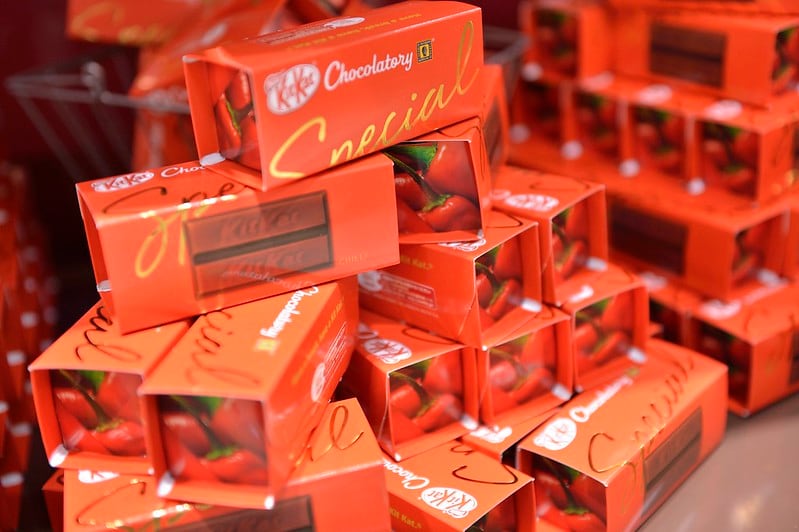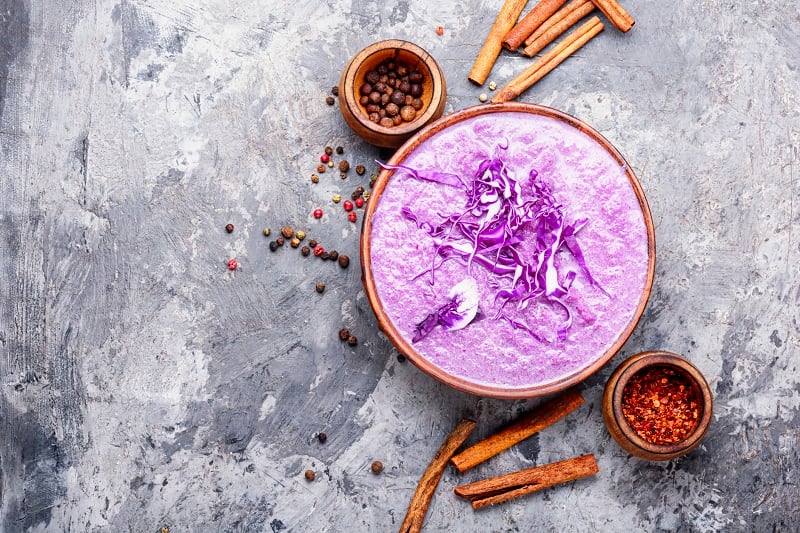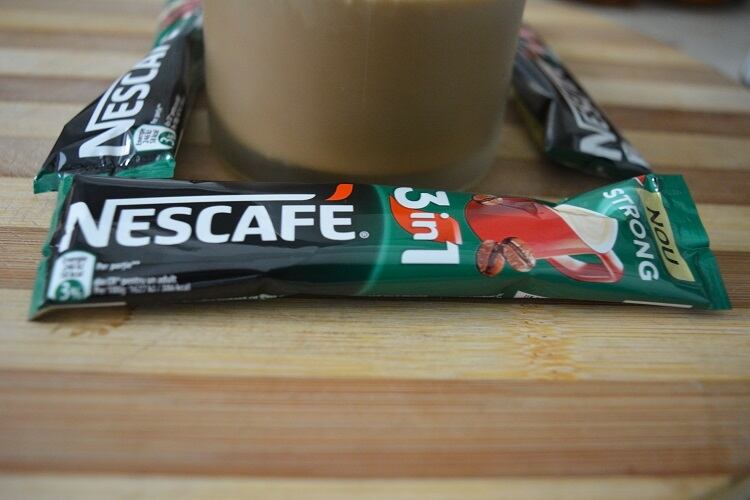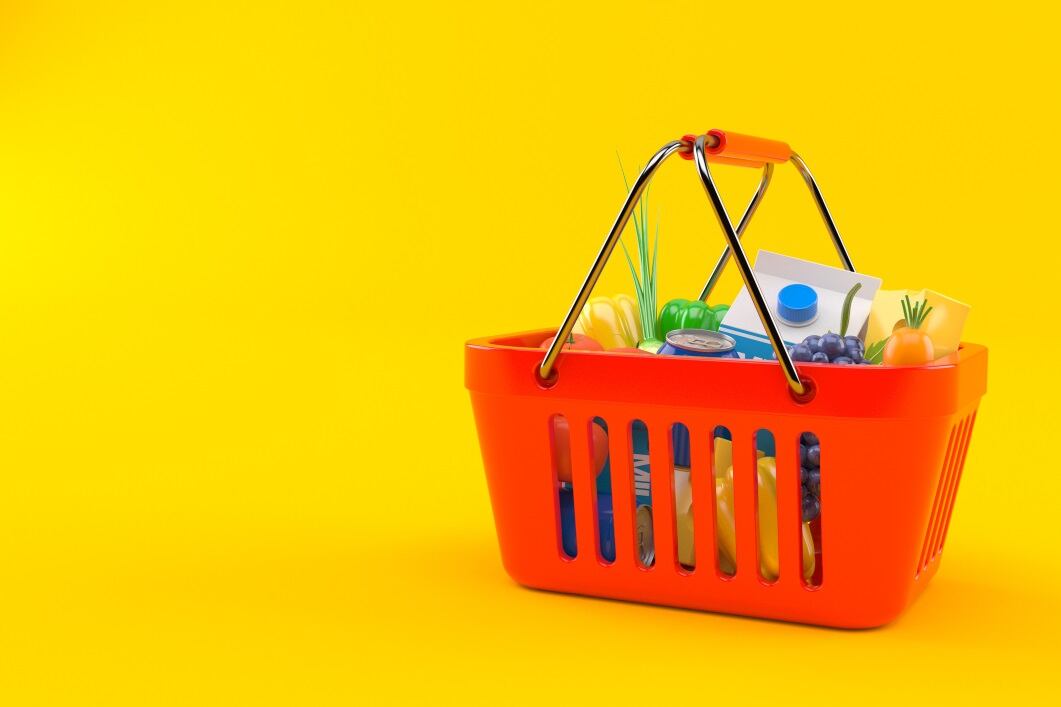Tomorrow’s consumer is being shaped by a number of ‘macro forces’ that food businesses cannot ignore, according to research from consultancy MMR Research.
Attention spans are shortening, favouring the fantastic over the familiar
The daily use of social media is ‘literally changing’ the way our brains work, it claimed. Citing work from Professor David Levy of the University of Washington, it said that constant online stimulation is driving people to seek out the same level of experience offline. “We are literally being rewired to break with what we know,” it wrote.
Dependency on social media has created “extreme levels of propensity to try new products” among consumers. As a result, food brands need to take bigger risks. “To achieve success brands must not only innovate fast, but frequently. Smaller, more agile local brands are therefore gaining momentum over international players.”
Unilever’s Marmite crunchy peanut butter in Europe and Nestlé’s Chili Crab Kit Kat in Asia are examples of the trend of bigger players taking more risks.
Meanwhile, according to the social commentator David Brooks, society is moving from self-effacement to self-promotion, which presents brands with opportunities to demonstrate ‘edgy relevance’ across their social media network, all of which favours the fantastic over the familiar. “We believe brands have permission to push boundaries and be more adventurous,” said MMR.
Examples of this include new textures in food and beverage innovation, particularly in the coffee category where ready to drink innovation has been delivering frothier, foamy propositions and where the likes of Starbucks has introduced nitro-infusion and lightly-carbonated and whipped products.
“We’re being conditioned to find the weird and wonderful, so brands must step up and prioritise more complex, more challenging and more immersive products – with greater emphasis on creating flavour journeys, ground-breaking textures and even sounds,” MMR’s Chief Ideas Officer, Andrew Wardlaw told FoodNavigator.
“We would encourage companies to step out of category silos and embrace the higher order forces that increasingly define the lives of today’s global consumer.”

But success isn’t guaranteed
One fast-moving area in which food brands are currently scrambling for share is in the high-growth meat and dairy alternatives space. The intense competition means there are winners and losers. But what determines the fine lines between success and failure? Why, for example, has M&S Plant Kitchen in the UK stood out (it's already drawn in 585,000 new shoppers who spend an average of £8.50 per kg, according to Kantar, which is 33% more than the average ready meal), while Nestlé pulled its plant-based Garden Gourmet brand from UK shelves?
MMR suggests it might be down to packaging. “One industry commentator [was] convinced that it is all down to the [Nestle’s] dominant green colour palate, which may have alienated occasional meat-eaters who seek reassurance from more meat-like hues – blacks, reds etc.”
It offered a quote from Buddy Holly as salutary advice for food brands contemplating the plant-based space. The rock and roll pioneer once said: “I don’t know how to succeed, but I do know how to fail – by pleasing everybody.” MMR added: “Understand that you may not be able to satisfy vegans, vegetarians and flexitarians all at the same time. Be clear who your primary target is and ascertain the right level of imitation that is required.”
Cutting salt and sugar content presents exciting opportunities with new flavours
Meanwhile, with manufacturers cutting sugar and salt levels, they have space to innovate with new bitter, sharper, hotter, spicier and more pungent flavours. The New York Times, for example, put a spike in Aperol consumption in the US down to the rising demand for herbal bitter liquors, or amaro, more generally. Globally inspired favours such as spices like turmeric, cardamom and cayenne are also emerging in dairy, snacking and beverage categories, said MMR’s analysis.
The era of consumption without consequences is over
Consumer behaviour was once characterised by ‘conspicuous consumption’, where transactions displayed wealth over genuine need. Not any more, reckons MMR. Nowadays, in an age where young people particularly face constant scrutiny by peers on social media, purchases increasingly need to signal altruistic intent.
One FMCG giant demonstrating this phenomena is Unilever. Its sustainable living brands have grown nearly 50% faster than the business as a whole in recent times – delivering 70% of corporate growth. The Dutch conglomerate also plans to halve the amount of new plastic it uses within six years and use 100% reusable, recyclable or compostable plastics by 2025.
Meanwhile, areas such as organic, transparency and business ethics will continue to gain relevance. In the UK, for example, ethical food sales are predicted to rise by 17% to £9.6bn between 2019 and 2023, according to Mintel.
Wardlaw added: “Many plant-based products are responding with new compostable packaging, but we observe some materials are failing to convince shoppers that they will truly bio-degrade. Sometimes the smallest tweak can have dramatic impacts on trust.”
Consumers will make less distinction between what is good for them and what is good for the planet
More holistic attitudes are not limited to the environment, believes MMR, and the same lens is being applied to health and wellness. “Right now, gut health is where the action is and it’s generating a whole industry around fermented foods – from kefir to kombucha,” it noted, adding: “The science supporting gut health is compelling, which persuades us that this is not another fad.”

Provenance pays
In a world of mass production, people want to know where stuff comes from, observed MMR, and they are prepared to pay for it. Ingredient origins drive premium perceptions, said a recent study by MMR. Another survey of 3,000 Europeans by IRI discovered that 70% of shoppers strongly link ethical purchasing with locally sourced.
People don’t want to be lectured
It's a similar story in the constantly evolving clean label space, where product packaging can ‘impact the perceived reality of the product experience’. “More natural pack structures, substrates, graphics and even aromas can help a product’s natural profile really shine through.”
MMR cited the KIND brand as an example. “It’s had considerable success with ingredients you can see and pronounce,” it said. Kettle Chips was also praised. “Clear and clutter-free packaging that makes consumer choices easier is being adopted by many manufacturers. Kettle Chips do this particularly well.”
Meanwhile, consumers don’t want to be lectured. “As long as there is word of mouth and social media, there will always be ingredients that are vilified. The current global aversion to MSG is arguably misinformed and outdated, but its negative perception is very real and must be accounted for,” pointed out the research.
“Whilst people want clean, they don’t want brands to lecture them, and not everyone checks the label. So, manufacturers must look to other consumer-friendly ways to signal clean label integrity.”
The rise of single serve…
Single-person households are growing faster in numbers than every other household type globally, MMR’s analysis stated. This presents opportunities and challenges for food companies.
Kellogg’s, for example, spoke of the ‘power of one’ in its Q3 2018 earnings call and said it was pursuing innovation in single-serve offerings. However, MMR warned that in times when concern about sustainability is skyrocketing, “it is also important that the rise of single serve does not impede industry progress to reduce in overall use of single plastics. Brands that can solve this dilemma will ultimately win the emerging consumers.”
In the UK, Kingsmill is killing two birds with one stone. It has launched several smaller loaves to avoid stale bread going to landfill, thus appealing to single people and those concerned with food waste.
Food brands can tap into the growth of single-growth households in other ways. MMR suggested brands “have an opportunity to promote connections between increasingly isolated souls – helping individuals to feel part of something.”
US students eating at Backyard Bowls, for example, are “tribal about their choice of eatery and very often go there to establish a shared identity that goes beyond eating… In other words, they go there to get along with each other.”
“The human species is a social species,” it added. “So, any research into how your brand could help people feel part of something bigger is worth looking into.”
Wardlaw added: “It’s been said that the ultimate insight is that ‘people are lonely’. This is now more poignant than ever, begging the question: how can brands create a sense of community?”

… and ageing populations
Populations are also ageing dramatically in most developed countries. “Most people must reluctantly accept that governments cannot fully support them into old age,” the report observed.
Food and beverage innovations around mental alertness, physical resilience and skin reticence are therefore just a few of the endless opportunities on offer. “We predict an increase in product launches in this space and urge manufacturers to consider unlocking the sensory power packaging and products to drive home the perceived efficacy of the proposition.”
Anti-inflammatory, alkaline, and Ayurvedic diets are all waiting for the big time, said MMR. So too are purple foods, which are gaining traction for health benefits backed by science, notably powerful anti-oxidants that fight the first signs of ageing. It is also regarded as the perfect hue for social media.
CBD will witness high times
The CBD trend is still very much in its infancy, but it represents one of the most dynamic platforms for product innovation today, said the research. What direction will the trend ultimately take, however?
“There is still so much we don’t know about CBD even at the lower doses found in food, beverages and cosmetics,” observed the report.
“How does CBD interact with other prescription medications? Could it reduce their effectiveness or even interact in a toxic way? Can it really help with muscle pain, anxiety or acne as many of it is devotees claim?
“But in a world that is getting more stressed, we believe that CBD will win through, not least because many people will want to believe the hype.”

Stress relief
The buzz around CBD is highlighting another area where consumers increasingly seek a solution: stress.
“Despite an industry narrative dominated by health, the categories delivering the biggest growth are very often the ones that comfort us,” said Wardlaw.
“Brands must consider how they can make people’s lives less stressful. Keeping things simple is a good start. We’re seeing many CPG brands stripping back on fancy packaging and graphics. Now it’s about minimising stress at fixture.
“If you’re a snacking brand, how can you engineer the texture, so that it presents an opportunity to smash through a build-up of stress in the relative safety of our mouths.”
In an increasingly crowded world, brands and categories must look for new ways to empower consumers, he added, highlighting the work of Re-Nourish soups in the UK. “The way the brand has executed itself around power, immunity and well-being is commendable. Suddenly soup can make you sharper,” he enthused.
Products promoting superior absorption of benefits, potency and social elevation will benefit from this force, he added.





